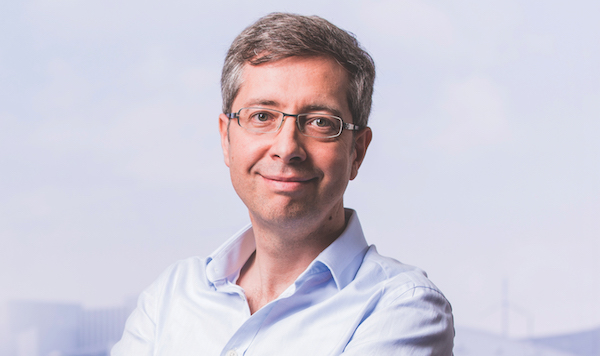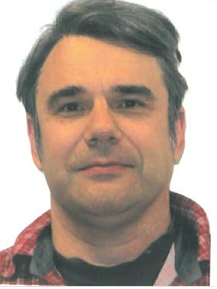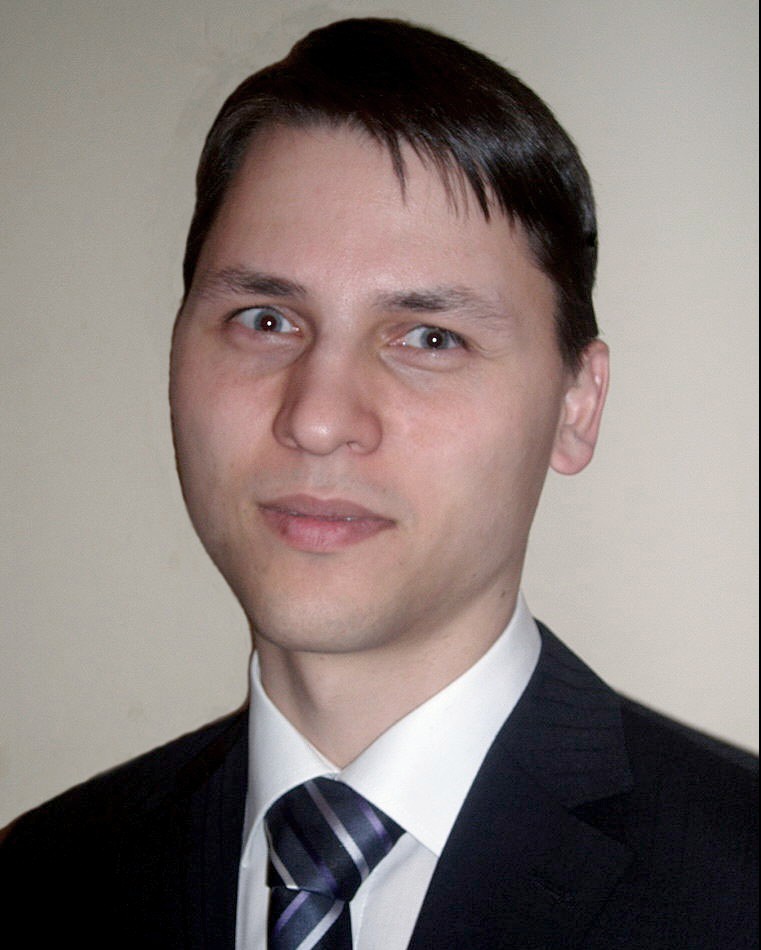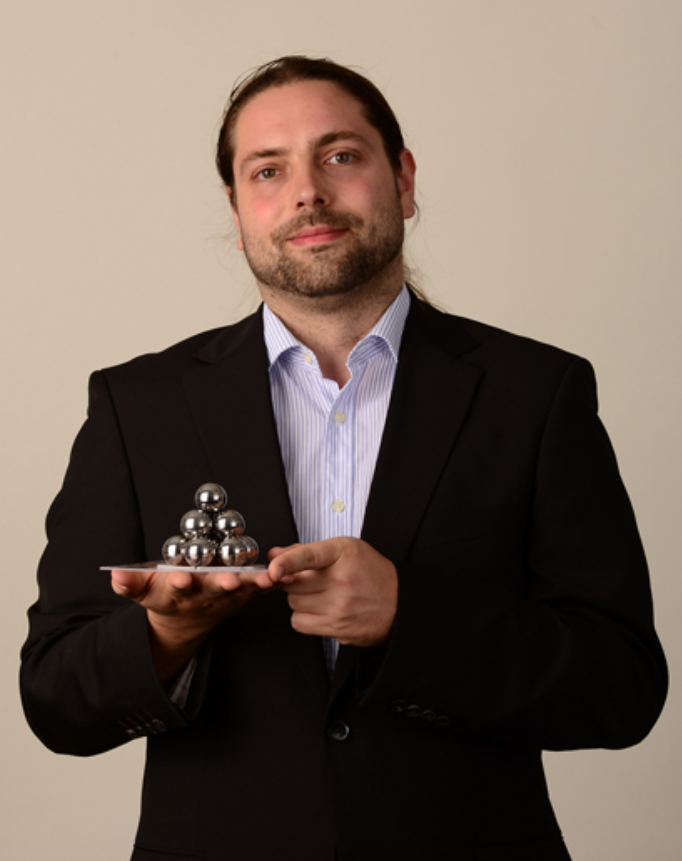You are invited to join our Annual Workshop and General Assembly on Monday, November 23, 2015. The meeting will take place in Festsaal Rektorat, TU Dresen, Mommsenstraße 11, 01069 Dresden (Link to Google Maps).
Tentative agenda:
| Time | | Speaker | Affiliation | Title |
| 13:00 |  | Prof. Dr. G. Cuniberti | Executive Director of DCMS
TU Dresden | Welcome and DCMS General Assembly 2015
- Report 2014/15 and outlook on coming activities of DCMS
- Presentation of ESF Young Researchers Group CoSiMa
- Presentation Strategy and Outreach Concept
- Miscellaneous |
| 14:00 |  | Prof. Dr. S. Roller | Professor for Simulation Techniques and Scientific Computing”
Scientific Director of the Center for Information and Media Technologies
Universität Siegen | Numerical methods for large scale multi-physics simulations - application, development, performance
Abstract: Multi-physics simulations gain more and more importance, requiring strong interdisciplinary collaboration. Examples range from large-scale engineering applications like ocean water desalination (flow - electro-dynamics interaction) or fluid-structure-acoustics interaction to medical physics simulations. Simulating these setups requires building blocks for each of the parts as well as coupling methods to obtain the interaction. Different mathematical discretization and approximation methods need to be coupled, which might lead to numerical instabilities. Software packages need to interact which might lead to different requirements for handling the installation. Also the coupler itself might become a bottleneck for performance and efficiency leading to much longer simulation times than the individual parts in sum. The talk will show application examples, highlight the challenges and give a glimpse at simulations on large-scale HPC systems. |
| 14:45 |  | Prof. Dr. A. Quandt | Professor of Theoretical Solid State Physics
University of the Witwatersrand, Johannesburg | Graphene based plasmonics
Abstract: In the last couple of years, various groups have reported successful measurements of bulk and surface plasmons in graphene, where the most interesting frequency range seems to be the THz domain. I will give an introduction into the basic physical properties of graphene, and I will describe the general physical background of bulk and surface plasmons. Then I will discuss some of our first principle calculations based on time-dependent density functional theory, where we have studied the basic dielectric properties of graphene. We found good evidence that many of the reported plasmon resonances are not an optical property of pure graphene, and therefore I will suggest some alternative interpretations of the published experimental data.
|
| 15:30 | | Group Photos and Individual Portrait Photos (continued)
| | |
| 15:45 | | Coffee Break
Poster Session | | |
| 16:30 |  | Dr. R. Leitsmann | Group leader MATcalc
AQcomputare GmbH | AQcomputare - scientific simulation methods and industrial applications
Abstract: I will give a short overview of the business model of the AQcomputare GmbH and its main competences. I shortly present the capabilities of our own reactive force field method "ReaxFF+". At few examples I will demonstrate how scientific simulations methods at an atomic scale (DFT and ReaxFF+) can be efficiently used in industrial R&D projects.
|
| 17:00 |  | Dr. S. Heitkam | Klaus Tschira Awardee 2015
Habilitand at Chair of Fluid Mechanics
TU Dresden | Manipulation of liquid metal foam with electromagnetic fields
Abstract: Metal foams are novel materials with unique properties such as low weight and high stiffness. Even so, they are not yet widely applied because they are difficult and expensive to produce.
In the present work the generation process of metal foam was investigated numerically. Special attention was paid to techniques of manipulating the metal foam in its liquid state with magnetic and electromagnetic fields. A magnetic field was found to hinder drainage and thus, homogenises the resulting foam. A strong electromagnetic field can compensate gravity and cause the bubbles to float and stir. This state allows for the production of metal foam with a user-defined gas volume fraction. Applying inhomogeneous electromagnetic fields it is even possible to control the distribution of gas bubbles in the resulting metal foam. Simulating the agglomeration process the self-organisation of bubbles in hexagonal close-packed and face-centred cubic arrangement was reproduced unintentionally. Applying special simulations and experiments a long sought-after argument for the preference of face-centred cubic arrangement over the other was derived. This work is is a collaboration of the Laboratoire de Physique des Solides, Orsay, France and the Institute of Fluid Dynamics, Dresden, Germany.
|
| 17:30 | | Get together
Poster Session | | |
| 18:30 | | End | | |
Register here!